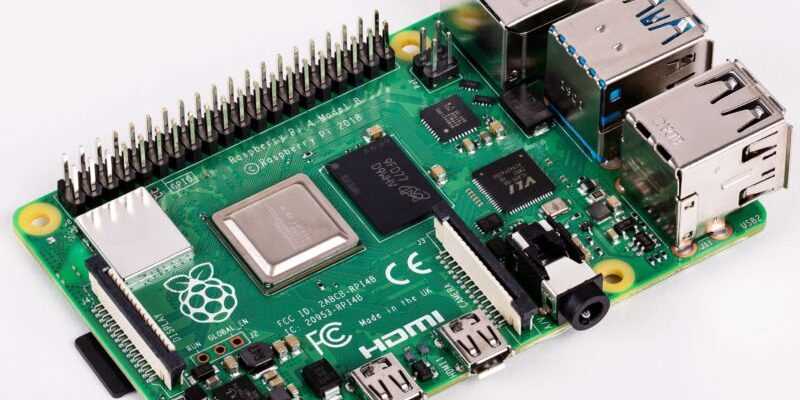The reports in the network about bad WiFi connections in the 2.4 GHz network with the Raspberry Pi 4 are becoming more frequent. Apparently there is a connection between the radio network interference and the HDMI signal of the Raspberry with high screen resolutions.
The WLAN problems can manifest themselves as greatly reduced speed, spontaneous loss of connection or even inaccessibility of the access point. They usually occur when a monitor is connected to the HDMI output of the Raspberry Pi 4 and a resolution of 2560 × 1440 pixels is used. Occasionally, however, difficulties were observed even at 1920 × 1080 pixels (this is the standard HD video resolution).
The error has been known for a long time, but has only recently become noticeable. Presumably, more Raspberry owners are now using the single-board computer to play high-resolution videos.
Measurements have shown that the HDMI output radiates exactly on the frequency of WLAN channel 1 at high resolutions. If your network uses this or the neighboring channels 2 and 3, this can lead to impairments. Incidentally, the interference radiation only affects the Raspberry causing it and not other devices in the same WLAN.

Mike Walters posted the result of the radiation measurement on the RasPi 4 on Twitter.
(Image: Mike Walters)
Since the interference occurs directly on the Rasp Pi board, HDMI cables with reinforced shielding have no positive effect. Nevertheless, there are a few things that can be done to improve the WiFi connection:
- If high resolution is not absolutely necessary, reduce it to less than 1920 × 1080 pixels.
- If you have access to the settings of the access point (for example to your own router), select a different WLAN channel than 1, 2 or 3. Or you can switch to 5 GHz WLAN. That is not affected by the disturbances.
- Using the HDMI1 output instead of HDMI0 also improves the wireless connection, but does not eliminate it entirely.
- If these measures do not bring the desired success or are not possible, an external WLAN stick connected to the Rasp Pi via a short USB extension cable can help.
The Bluetooth connection, which also transmits in the 2.4 GHz range, is not affected by the interference.

(hgb)

